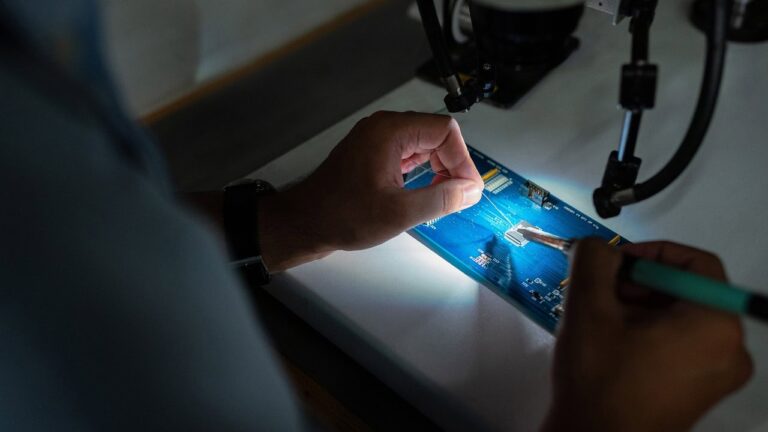School-Community Partnerships

In an era where education is more critical than ever, the synergy between schools and their surrounding communities has taken center stage. School-community partnerships are collaborative efforts that involve schools, families, local businesses, and community organizations.
These partnerships aim to enhance educational outcomes by leveraging the resources and strengths of the community.
The Significance of School-Community Partnerships
The modern educational landscape requires schools to look beyond traditional teaching methods and engage with various community stakeholders. This approach not only enriches the educational experience but also fosters a supportive environment that benefits students, teachers, and the community at large.
Enhanced Learning Opportunities
When schools partner with local businesses and organizations, they can provide students with unique learning opportunities that extend beyond the classroom. For instance, local companies can offer internships or workshops that give students hands-on experience in their fields of interest.
Community organizations might provide after-school programs that help students develop new skills in arts, technology, or sports. Such initiatives not only enhance academic learning but also prepare students for real-world challenges.
Resource Sharing
School-community partnerships are a gateway to resource sharing. Many communities have untapped resources that can significantly benefit schools. Local libraries, museums, and cultural centers can offer educational programs and resources that augment the school curriculum.
Additionally, businesses can contribute with funding, equipment donations, or even volunteer time, helping schools overcome budget constraints and improve their facilities and offerings.
Strengthening Social Ties
These partnerships also play a crucial role in strengthening social ties within a community. They encourage active participation from parents and community members, creating a sense of ownership and responsibility toward the educational process.
This collective involvement fosters a nurturing environment where students feel supported both academically and socially.
Challenges in Building School-Community Partnerships
Despite the clear benefits, establishing and maintaining school-community partnerships can be challenging. Understanding these challenges is the first step toward overcoming them.
Divergent Goals
One of the primary challenges is aligning the diverse goals of schools and community organizations. Schools often focus on academic outcomes, while community partners may have different priorities, such as economic development or public health goals.
Finding common ground requires open communication and a willingness to compromise.
Resource Limitations
Another challenge is the limitation of resources, both in terms of time and finances. Schools and community organizations may struggle to allocate the necessary resources to build and sustain partnerships. Creative solutions, such as shared funding models or volunteer-driven initiatives, are often required to address this issue.
Cultural and Structural Barriers
Cultural differences and structural barriers can also impede successful partnerships. Schools and communities may have different cultures, languages, or socioeconomic backgrounds, which can lead to misunderstandings or mistrust. It’s essential to foster an inclusive environment that respects and values diversity.
Strategies for Successful School-Community Partnerships
Building effective school-community partnerships requires strategic planning and a collaborative mindset. Here are some strategies to consider:
Establish Clear Objectives
Successful partnerships begin with clear objectives. Schools and community partners should work together to define shared goals and outcomes. This clarity ensures that all parties are aligned and committed to achieving the same results.
Foster Open Communication
Open communication is the backbone of any successful partnership. Regular meetings, updates, and feedback sessions help maintain transparency and build trust between schools and community partners. It’s important to create channels for all stakeholders to voice their concerns and suggestions.
Leverage Community Strengths
Communities are rich with diverse strengths and resources. Identifying and leveraging these strengths can lead to innovative solutions that benefit everyone involved. Schools should actively engage with community members to understand their capabilities and how they can contribute to educational success.
Celebrate Achievements
Recognizing and celebrating achievements is crucial for sustaining motivation and commitment to the partnership. Whether it’s a successful event, improved student outcomes, or a milestone reached, acknowledging these achievements reinforces the value of the partnership and encourages continued collaboration.
Inspiring Examples of School-Community Partnerships
Several inspiring examples from around the world highlight the transformative power of school-community partnerships.
One notable example is the Harlem Children’s Zone in New York City, which has successfully integrated educational, health, and community services to improve student outcomes. Their holistic approach has become a model for similar initiatives worldwide.
Another example is the partnership between the Toronto District School Board and various community organizations, which has led to the development of community hubs.
These hubs offer educational programs, health services, and recreational activities, making them a central resource for students and families.
Conclusion: The Future of School-Community Partnerships
As we look to the future, school-community partnerships hold immense potential to revolutionize education. By embracing collaboration, schools can tap into the diverse resources and strengths of their communities, creating an enriched learning environment that prepares students for success in life.
The journey toward effective school-community partnerships is not without its challenges. However, with clear objectives, open communication, and a commitment to celebrating successes, these partnerships can flourish and bring about meaningful change. As educators, community members, and stakeholders work hand in hand, the possibilities for student success are boundless.
By fostering a culture of collaboration and mutual respect, we can ensure that school-community partnerships continue to thrive, shaping the future of education for generations to come.






